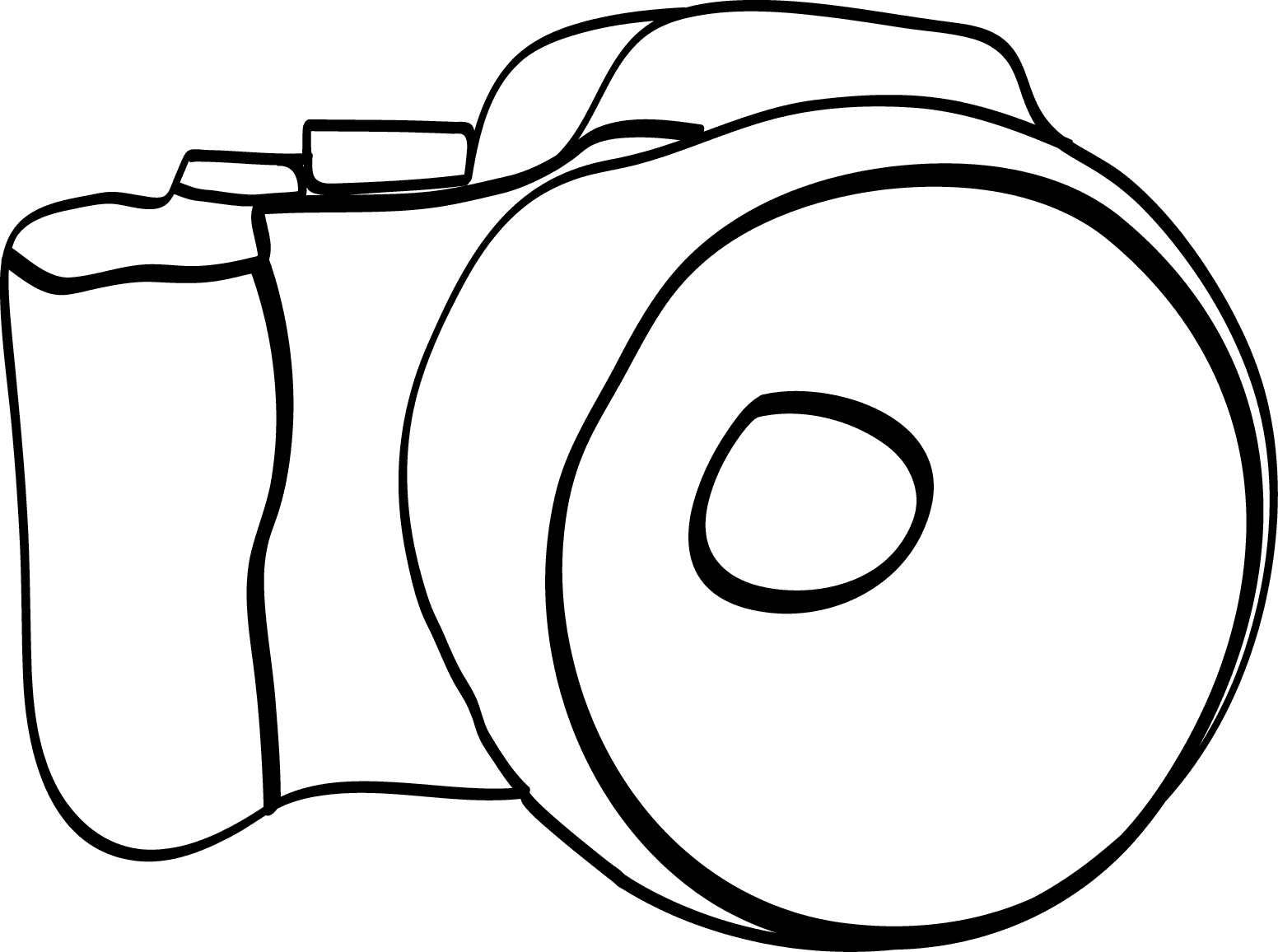Bling?
Boredom?
My first photo is of Monaco. I took it during my holidays last summer,
when I was visiting this city. I took it on the 9th of July 2015. I like it
because there are lots of colors, you can see a big part of the city. You can
see the swimming pool in the center of the city, and I found it really funny.
You can also see big boats on the right, and it reminds me of the holidays.
The second picture was taken in the south of France. I took in on the 12th
March 2014 when I was at my uncle’s house. I chose it because I like the point
of view of the small town and the fields. I like colors with the sun, and it’s
one of my favorite photos.
For the first, I remember a great moment with great weather, I was
with my family. I was really happy to be there, during summer. But it was not
very quiet, there were lots of cars and in fact it was not very pleasant. You could
also smell the pollution in the city, one of the biggest problems in the world.
In the second picture, it was quieter, in fact, very quiet. I remember
the sound of the birds; it was a very good time. I was also with my family, and
we were all watching this beautiful view, we were far from the pollution and
technology, there were no ugly advertising hoardings, it was a simple place. It
was quite a good memory.
In the first picture, I see
a town which is Monaco, one of the most famous cities in the south of France. On
the left of the picture there are a lot of residential and business buildings. On
the right of the photo there is a harbor with many yachts. In the middle we can
see roads. Did you know that in May, during four days, the roads are closed
because of the Formula 1? Monaco represents the typical city of the Riviera.
The second picture is
also a picture taken in the south of France; it shows a typical small town of
Provence. The first sensation when you
look at this photo is that you are in the countryside even if we can see some
houses. In the background, there is a small forest, a plain and mountains. The
background of the picture is green with vegetation. And the front of the
picture is grey with the houses. This is another expression of the South.
The title of the first
picture is “Bling?”. This photo captures the high energy of the place. It
gives the impression that there is permanent activity in the harbor, the
buildings and the roads.
The title of the second
picture is “Boredom?”. This picture represents the calm with the forest,
the plain and the mountain. It’s a haven of peace (with the risk of ennui!). The sensations generated by
this photo contrast to those of the photo of Monaco.
The Port shown in the first picture is in fact made up of two ports.
The natural one, which is the old one called “Port Hercule” and the second one
which is an extension finished in 2008 ("Port Fontvieille") built at the same
time as the extension of Monaco on the seafront.
In the second photo, this is just a quiet “Provence” village with no
particular history.
I like the first picture because it’s colorful. The weather is always
great in Monaco and I like the idea of living on a “rock”. This town is
beautiful even if it is seen as a little bit "bling-bling’’. When I see this
picture it makes me happy. It reminds me of my holidays, sunshine, the sea…
it’s hard to explain but this photo shows a part of my personality, probably because
I spent several summers in the south of France with my grandparents.
The second picture represents also a part of me with its quietness. Even
if I like to show off a bit, I’m also a little shy and I like the tranquility
of Nature.
Our common title for the two pictures is: Bling vs boredom? These
pictures show two different aspects of the south of France. One represents the
Riviera with luxury buildings and yachts, and the second represents the land
with old villages, forests, quietness and authenticity.
We have the feeling that
in Monaco, the town has evolved and has been built to meet the demands of new generations,
and in our second picture the town has stayed the same. One expresses modernity,
the second expresses tradition.
In the Monaco picture,
the photo says a lot about its visitors and the inhabitants. The size of the
yachts shows that if you would like to have a place in the Port for your boat,
you need a lot of money. For me, it seems difficult to live in this place if
you don’t have a good income. In the second picture, we imagine a more simple
life. You work the land or have a job outside the town but the photo doesn’t
show any sign of great wealth.
The Monaco picture shows ostentatious wealth, the rapid urbanization and overcrowding. The second photo express quietness
but perhaps also boredom…

































